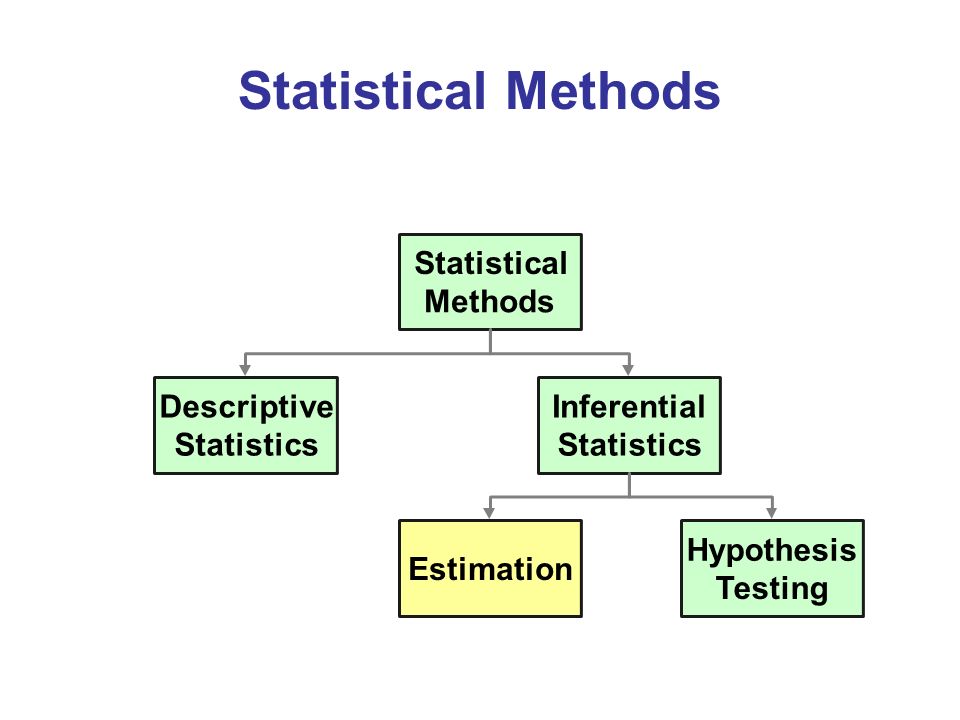There are many kinds of exogeneity assumptions. How should researchers choose among them? When exogeneity is imposed on an unobservable like a potential outcome, we argue that the form of exogeneity should be chosen based on the kind of selection on unobservables it allows. Consequently, researchers can assess the plausibility of any exogeneity assumption by studying the distributions of treatment given the unobservables that are consistent with that assumption. We use this approach to study two common exogeneity assumptions: quantile and mean independence. We show that both assumptions require a kind of non-monotonic relationship between treatment and the potential outcomes. We discuss how to assess the plausibility of this kind of treatment selection. We also show how to define a new and weaker version of quantile independence that allows for monotonic treatment selection. We then show the implications of the choice of exogeneity assumption for identification. We apply these results in an empirical illustration of the effect of child soldiering on wages.
翻译:有很多不同的假设。 研究人员应该如何在其中作出选择? 当将异质强加给一个不可观察的假设, 像潜在的结果一样, 我们争论说, 异质的形式应该根据它允许的不可观察的选择类型来选择。 因此, 研究人员可以通过研究治疗的分布来评估任何异质的假设是否合理, 因为治疗的分布与这一假设一致。 我们用这种方法来研究两种共同的异质假设: 量化和中度独立。 我们表明, 两种假设都需要一种治疗和潜在结果之间的非分子关系。 我们讨论如何评估这种治疗选择的可信度。 我们还展示如何界定一种允许单一治疗选择的新的和较弱的量度独立模式。 然后我们展示选择异质假设对识别的影响。 我们将这些结果应用在儿童当兵对工资的影响的实验性说明中。




